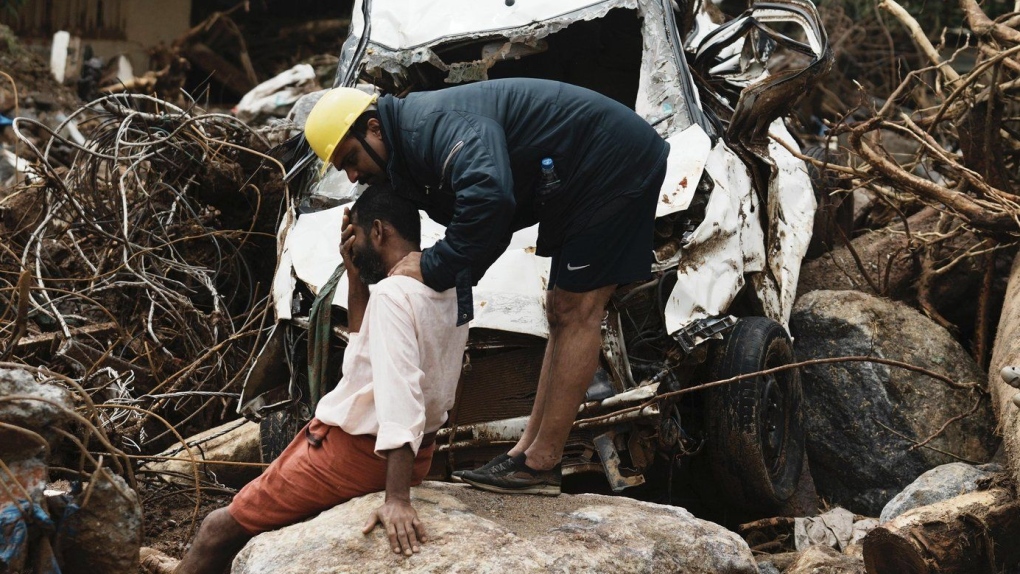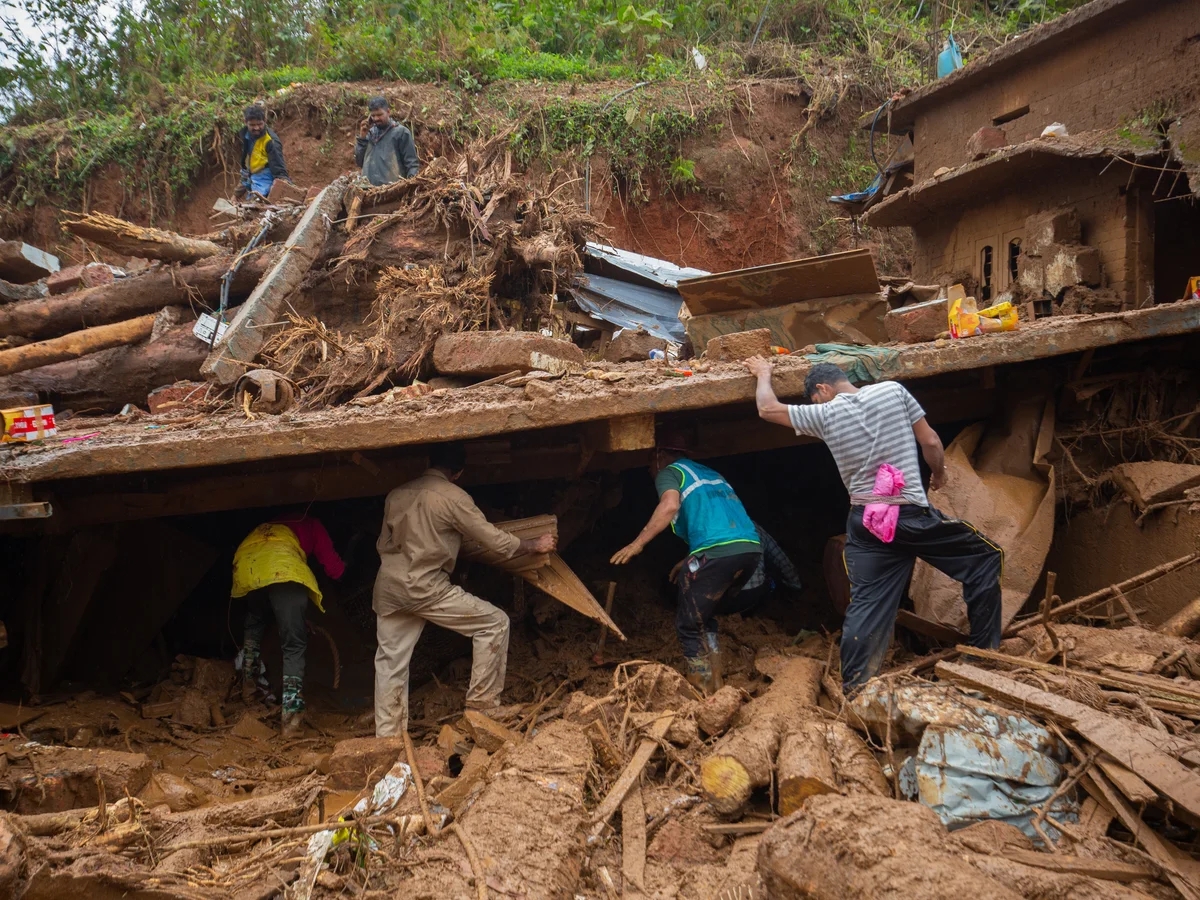On Wednesday, rescue efforts continued in southern India after severe landslides, triggered by torrential rains, resulted in the deaths of at least 166 people. The disaster struck Kerala’s Wayanad district, where a massive deluge of mud and water swept through tea estates and villages. Rescue operations were complicated by ongoing rain, which hindered the search for survivors trapped beneath debris.
Kerala’s chief minister, Pinarayi Vijayan, described the situation as one of the worst natural calamities the state has ever faced. The landslides, which began early Tuesday morning, caused significant destruction, including flattened homes, uprooted trees, and damaged bridges. Police reported that 186 people were injured, and 187 remained unaccounted for, with 77 bodies identified and returned to families.

Landslides in Kerala Kill 166 as Rescue Efforts Continue Amid Ongoing Rain
The rescue operation involved over 1,100 workers, including fire officers, soldiers, and members of the National Disaster Response Force. The Indian Air Force deployed helicopters for evacuations, while efforts were made to recover bodies that had been carried away by rivers. The Indian Army also worked on constructing a temporary bridge to replace one that had been destroyed in the affected areas.
In response to the crisis, the government established relief camps for more than 8,300 displaced individuals, providing essential supplies and water. Temporary hospitals were set up, and efforts were underway to clear debris and restore access to isolated areas. The destruction was widespread, with over 300 homes reported destroyed and significant infrastructure damage.
The Indian Meteorological Department issued warnings for continued heavy rainfall in Kerala, attributing the increasing frequency of such disasters to erratic monsoon patterns and excessive rainfall.
Climate scientist Roxy Mathew Koll highlighted the need to consider the impact of construction activities in vulnerable areas. Indian Prime Minister Narendra Modi expressed condolences and announced financial aid for the victims’ families.











































